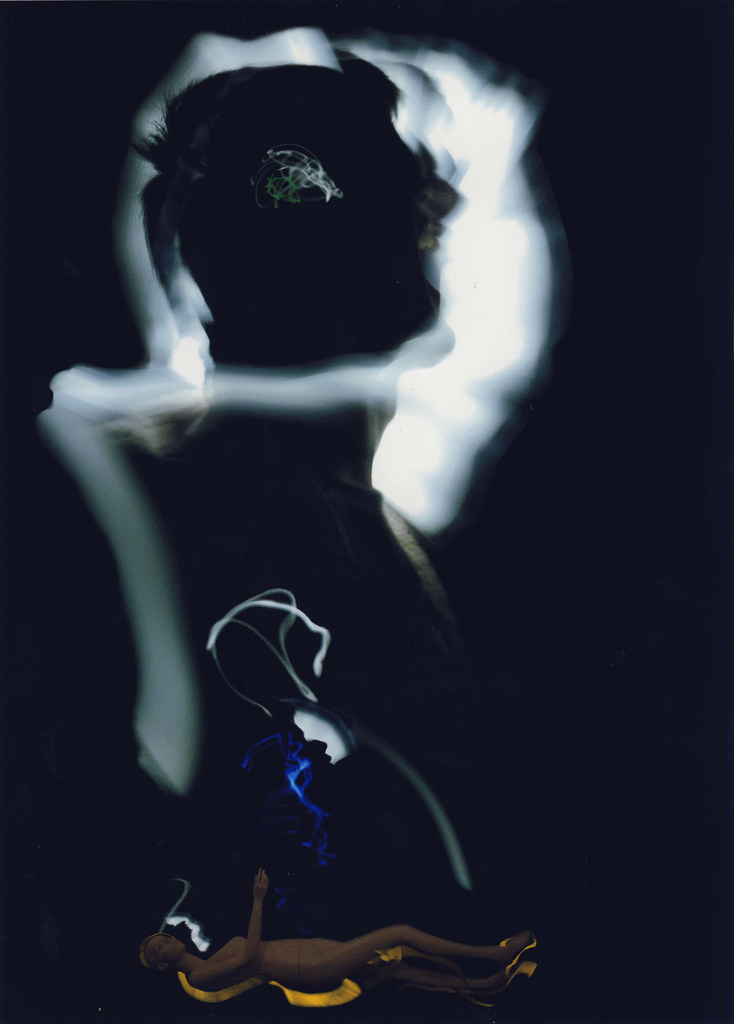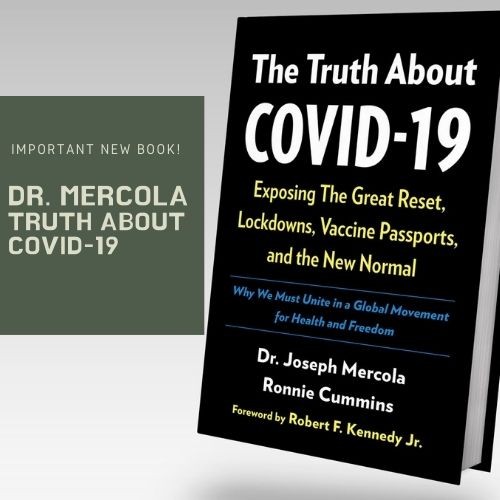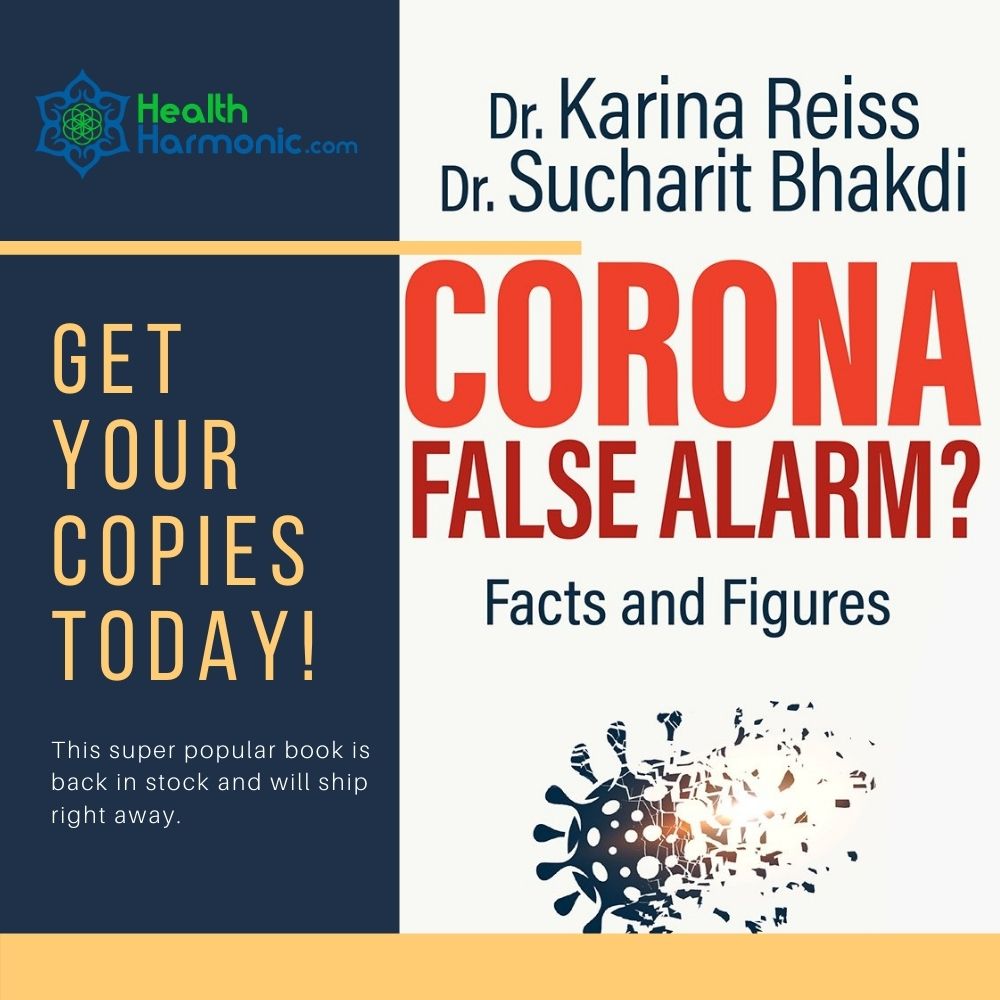
DMT, a powerful psychedelic drug derived from plants, may be an effective treatment for depression. According to scientists, the drug has a unique ability to change the molecular functioning of the human brain tissue.

Study co-author, Professor Draulio Araujo (UFRN) said the study outline the possible mechanics that explains the potent anti-depressant effects of DMT. While more clinical tests are needed to confirm the benefits of the psychedelic drug, initial results were quite promising.
Science has, at long last, begun to catch up with persistent anecdotal accounts touting the arguably unparalleled benefits of psychedelic use for the treatment of depression and other maladies — but exactly how and why those substances work remained the subject of some conjecture.
Now, Brazilian scientists believe they know — or, at least, have come to a better understanding — thanks to new research using human mini-brains (more on that later) to study the effects of 5-MeO-DMT.
“For the first time we could describe psychedelic-related changes in the molecular functioning of human neural tissue,” Stevens Rehen, study lead author, Professor of Federal University of Rio de Janeiro (UFRJ) and Head of Research at D’Or Institute for Research and Education (IDOR), announced in a press release. Per that statement,
“Researchers found that proteins important for synaptic formation and maintenance were upregulated. Among them, proteins related to cellular mechanisms of learning and memory, key components of brain functioning.
“On the other hand, proteins involved in inflammation, degeneration and brain lesion were downregulated, suggesting a potential neuroprotective role for the psychedelic substance.”
Sidarta Ribeiro, co-author of the study and Director of the Brain Institute of Federal University of Rio Grande do Norte (UFRN), asserted,
“Results suggest that classic psychedelics are powerful inducers of neuroplasticity, a tool of psychobiological transformation that we know very little about.”
Study co-author, Professor Draulio Araujo (UFRN), added, “The study suggests possible mechanisms by which these substances exert their antidepressant effects that we have been observing in our studies.”
Image courtesy of: James NBF






